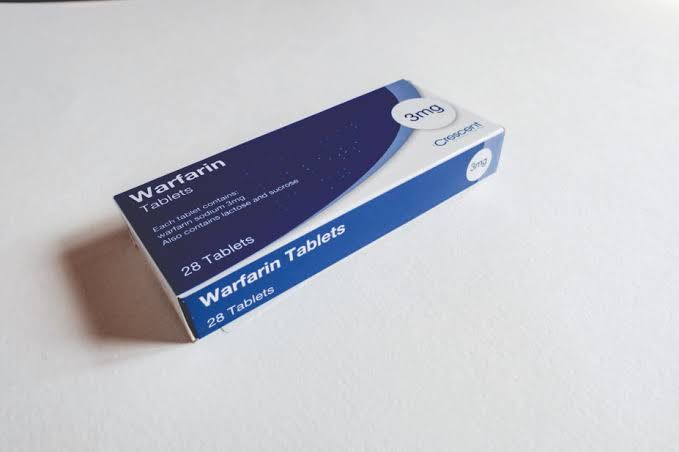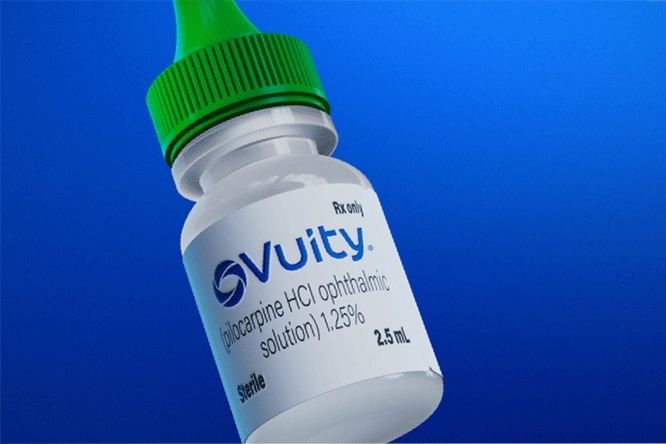
Objectives of Treatment of Thromboembolic Disorders
The treatment of thromboembolic disorders primarily aims to achieve the following objectives:
- Prevent Further Thrombus Formation: The immediate goal is to prevent the extension of existing clots and the formation of new ones, which can lead to serious complications such as pulmonary embolism or stroke.
- Dissolve Existing Clots: In certain cases, particularly with acute thromboembolic events, the objective may include the dissolution of existing clots to restore normal blood flow.
- Reduce Risk of Recurrence: Long-term management strategies focus on reducing the risk of future thromboembolic events through appropriate anticoagulation therapy.
- Manage Symptoms: Alleviating symptoms associated with thromboembolic disorders, such as pain and swelling in deep vein thrombosis (DVT) or chest pain in pulmonary embolism (PE), is also a key objective.
- Improve Quality of Life: Ensuring that patients can return to their normal activities without significant risk or discomfort is an important aspect of treatment.
Agents Used as Anticoagulants
Anticoagulants are classified into several categories based on their mechanism of action and route of administration. The primary agents used include:
1. Heparin
Route of Administration
- Administered via subcutaneous injection for prophylaxis or intravenous infusion for treatment.
Mechanism of Action
- Heparin enhances the activity of antithrombin III, leading to inhibition of thrombin and factor Xa, thus preventing fibrin formation.
Indications
- Used for the prevention and treatment of DVT, PE, and during certain surgical procedures (e.g., cardiac surgery).
Antidote for Overdose
- Protamine sulfate is used as an antidote to reverse heparin’s effects.
2. Low Molecular Weight Heparins (LMWHs) (e.g., Enoxaparin)
Route of Administration
- Administered via subcutaneous injection.
Mechanism of Action
- Similar to unfractionated heparin but primarily inhibits factor Xa with less effect on thrombin.
Indications
- Used for DVT prophylaxis in at-risk patients and treatment of DVT/PE.
Antidote for Overdose
- Protamine sulfate can partially reverse LMWH effects; however, it is less effective than with unfractionated heparin.
3. Vitamin K Antagonists (e.g., Warfarin)
Route of Administration
- Administered orally.
Mechanism of Action
- Warfarin inhibits vitamin K epoxide reductase, leading to decreased synthesis of vitamin K-dependent clotting factors II, VII, IX, and X in the liver.
Indications
- Used for long-term anticoagulation in conditions like atrial fibrillation, mechanical heart valves, and venous thromboembolism prevention.
Antidote for Overdose
- Vitamin K can be administered orally or intravenously to reverse warfarin effects; prothrombin complex concentrates may also be used in severe cases.
4. Direct Oral Anticoagulants (DOACs) (e.g., Apixaban, Rivaroxaban)
Route of Administration
- Administered orally.
Mechanism of Action
- Directly inhibit factor Xa (Apixaban and Rivaroxaban) or directly inhibit thrombin (Dabigatran).
Indications
- Used for stroke prevention in atrial fibrillation and treatment/prevention of DVT/PE.
Antidote for Overdose
- Andexanet alfa is available as an antidote for factor Xa inhibitors; idarucizumab is used specifically for dabigatran reversal.
Drugs Used for Prevention and Treatment of Arterial Thrombosis
Arterial thrombosis often requires different therapeutic approaches compared to venous thrombosis due to its association with atherosclerosis. The main classes include:
1. Antiplatelet Agents
Aspirin
Mechanism of Action
- Inhibits cyclooxygenase-1 (COX-1), leading to decreased production of thromboxane A2 which promotes platelet aggregation.
Indications
- Primary prevention in high-risk individuals; secondary prevention after myocardial infarction or stroke; management in acute coronary syndrome (ACS).
2. P2Y12 Inhibitors (e.g., Clopidogrel)
Mechanism of Action
- Inhibits ADP-induced platelet activation by blocking P2Y12 receptors on platelets.
Indications
- Often used in combination with aspirin post-stenting or after ACS events; also indicated for peripheral artery disease management.
3. Glycoprotein IIb/IIIa Inhibitors (e.g., Abciximab)
Mechanism of Action
- Blockade prevents fibrinogen binding to activated platelets, thereby inhibiting platelet aggregation effectively during percutaneous coronary interventions (PCI).
Indications
- Primarily used during PCI procedures in high-risk patients with ACS; not commonly used outside this setting due to bleeding risks and cost considerations.
In summary, the management strategies involve a combination approach using anticoagulants primarily aimed at preventing further clot formation while addressing existing clots when necessary. The choice between agents depends on individual patient factors including risk profiles and specific clinical scenarios encountered during treatment.







